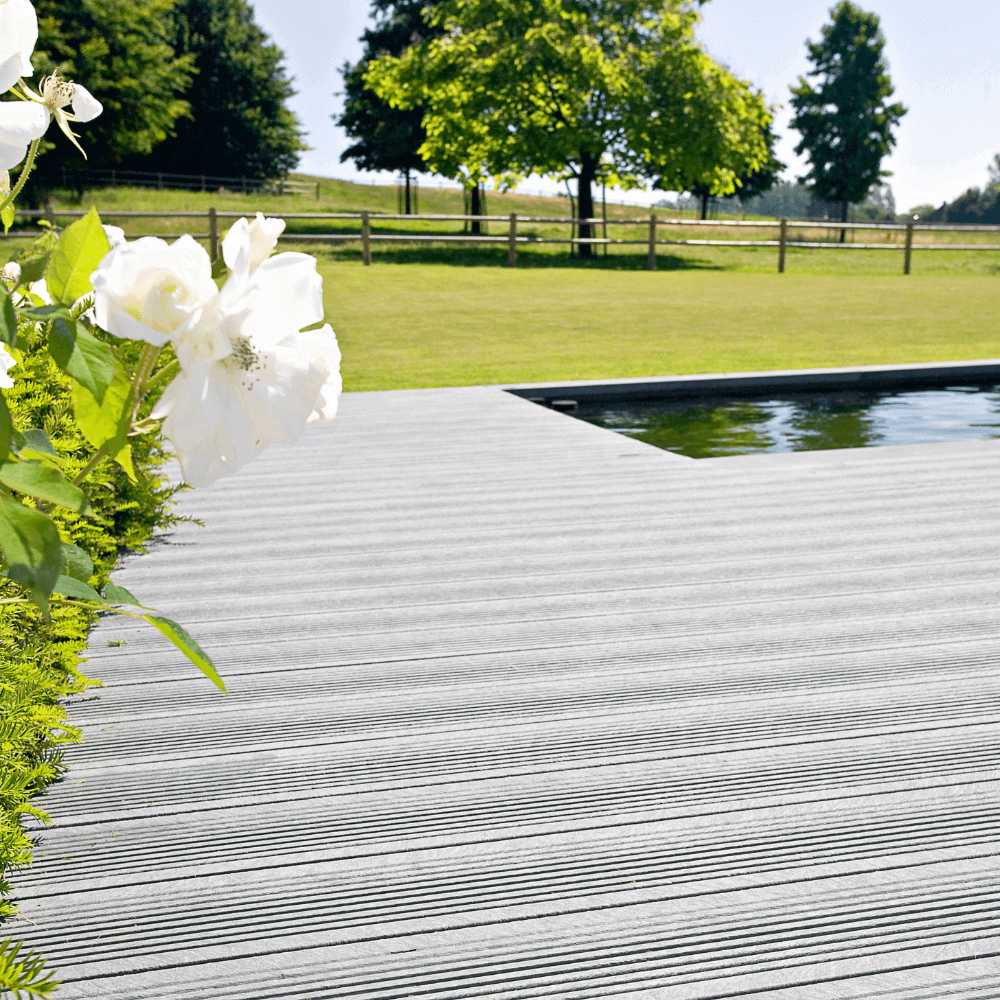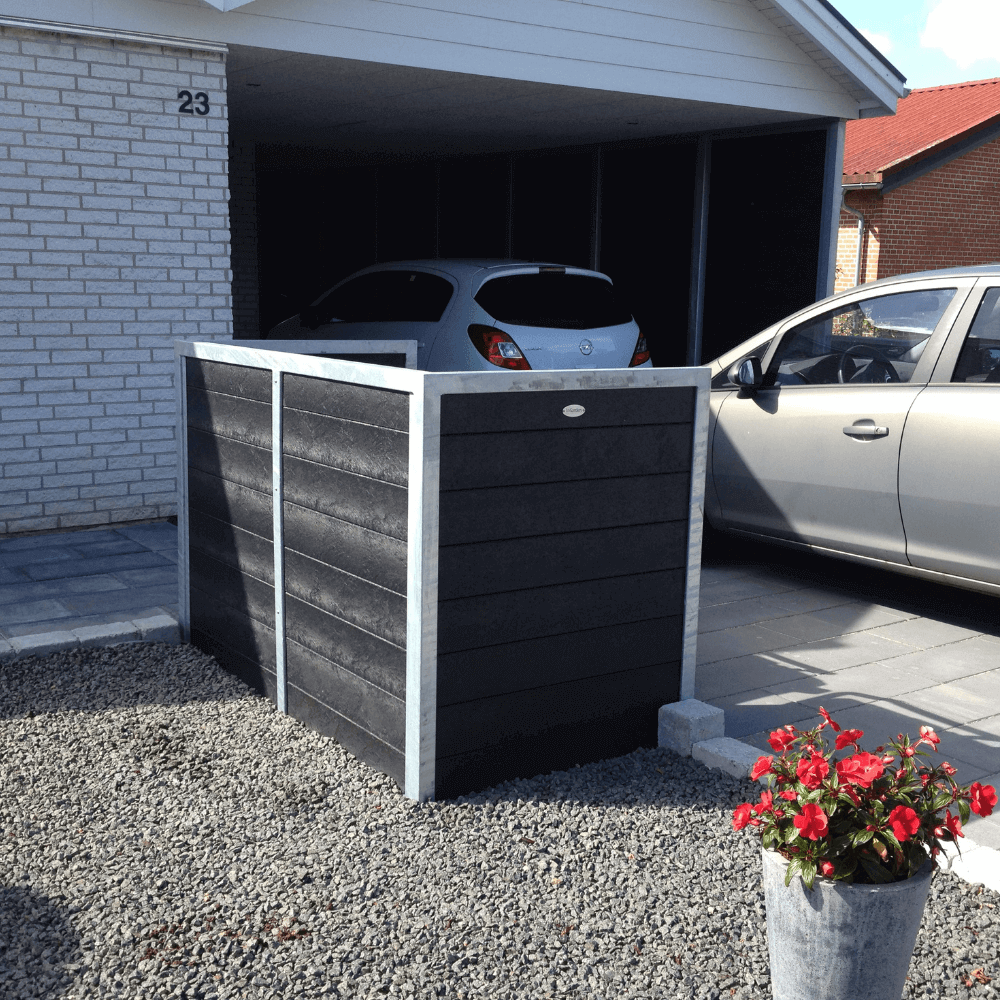Peter Norris
April 15, 2016
Peas are grown here in the garden a bit compulsively according to the principle "a little but often" - we would rather be able to eat fresh peas almost daily over a longer period than we will stand with many kilos in mid-July and have to freeze half. And since at the same time it has been necessary to cut back sharply on the pea area due to fungal diseases, it requires a little planning to ensure a fairly continuous supply from June to hopefully October.
In this bed here was seen the actual main crop which would like to replace the overwintering peas (sown in November) in a mist bench sometime in late June. Farthest to the right is the Twinkle variety which was sown inside root trainers in mid-March and planted in a double row a week ago. In the middle of the picture you can see the next team with Hurst Green Shaft which was sown under plastic in the beginning of April. And so it continues with sowing a double row in this 2.5 m long bed every 2-3. week until sometime in early June.
Next, try another bed where peas (a variety suitable for late sowing) were sown in roottrainers during July and transplanted after late potatoes - where the potato top is simply removed while the tubers themselves remain in the ground under the peas until the pea harvest is finished in October. With this, the potatoes should stay somewhat better in stock over the winter than if they were dug up (as they have been so far) in July.
In the bed here in the picture, the space between the rows of peas is utilized by sowing root vegetables. In the past, it has been parsnips or beets that have had the place, while this year it will be seen how parsley root thrives under such conditions. The above-ground parts of the root vegetables live a somewhat shady life between the rows of peas for 1-2 months, but they survive - and when the peas are removed in July-August, there is suddenly plenty of light for them to grow large until harvest during autumn and winter. . Admittedly, the method can also be used with carrots, but it can be revealed that even in the dark between the peas, the carrot fly can unfortunately still find them.








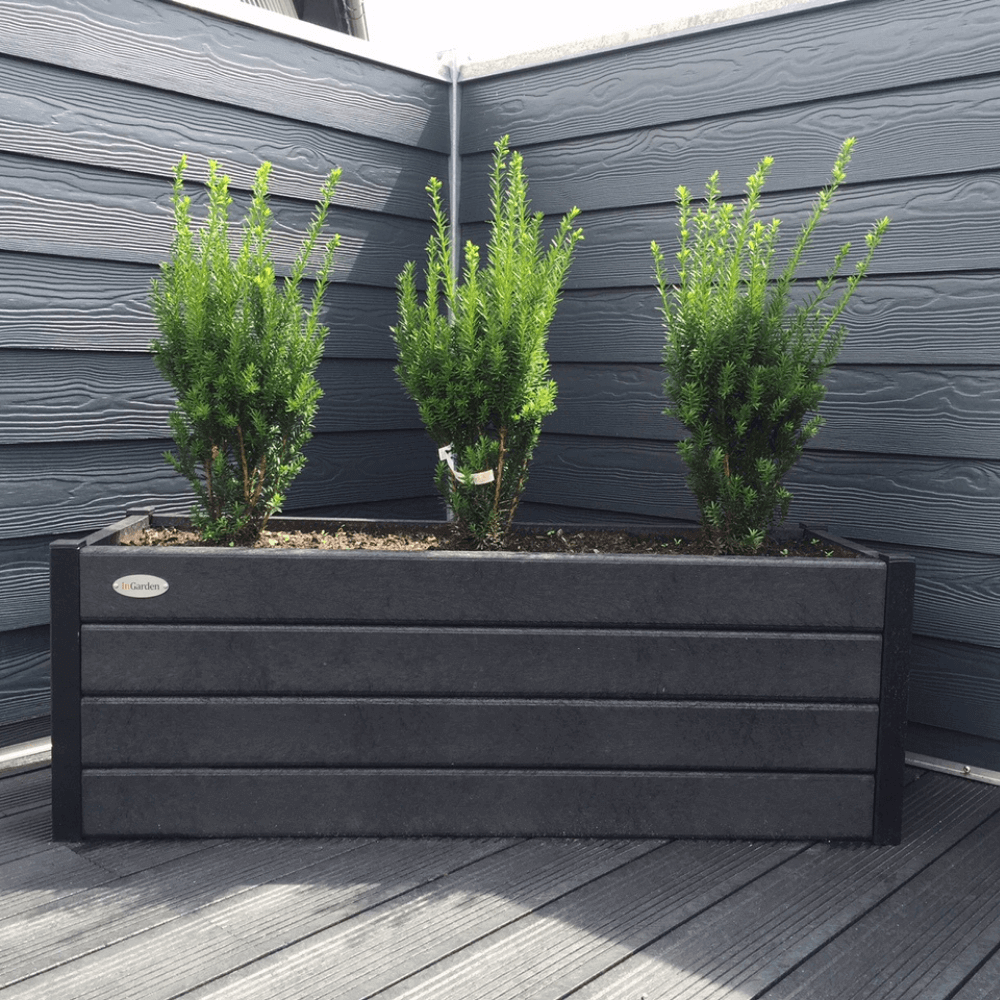
-1.backdrop.png)
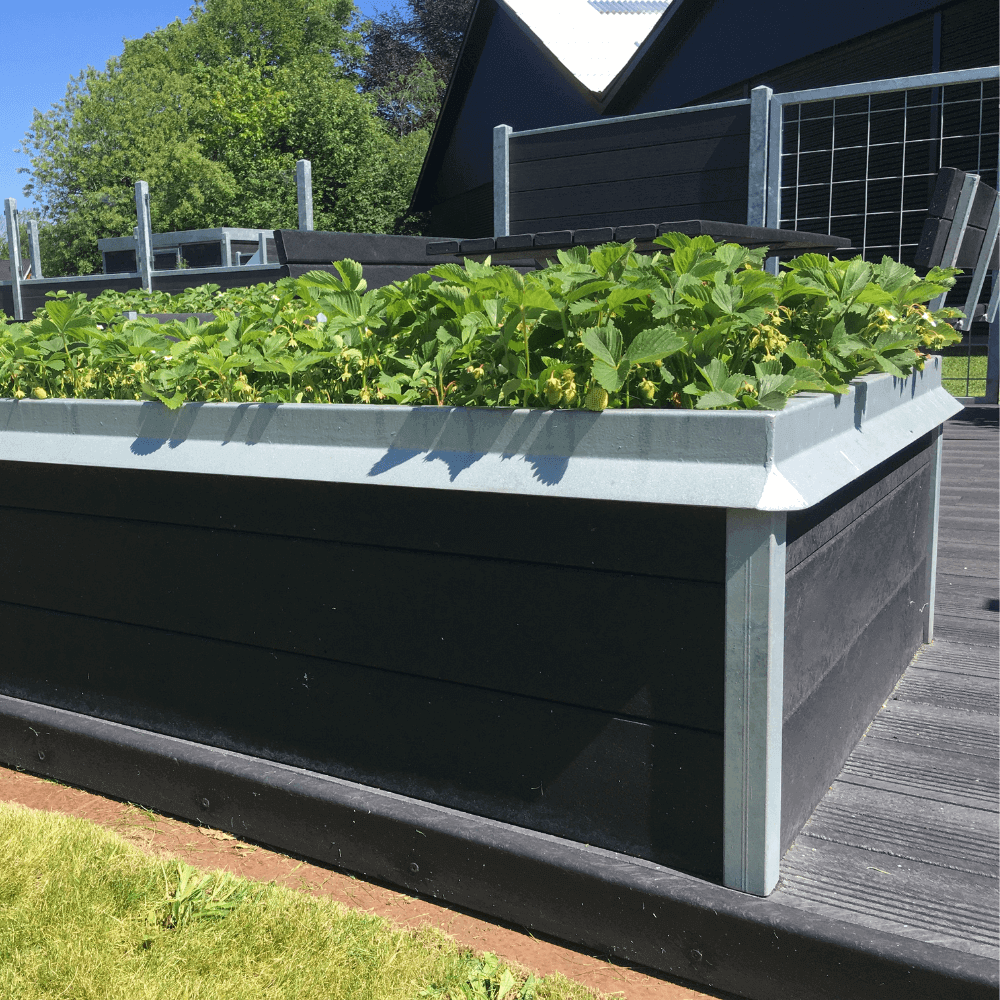
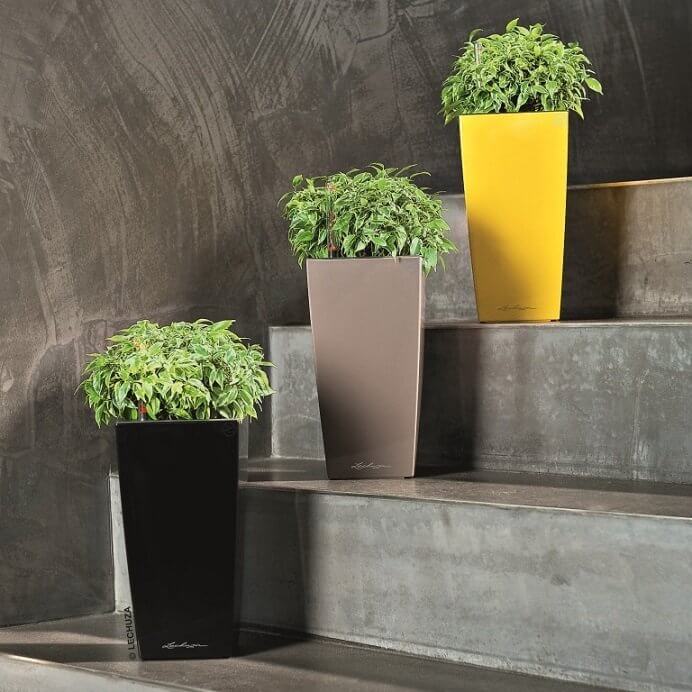
-1.backdrop.png)
